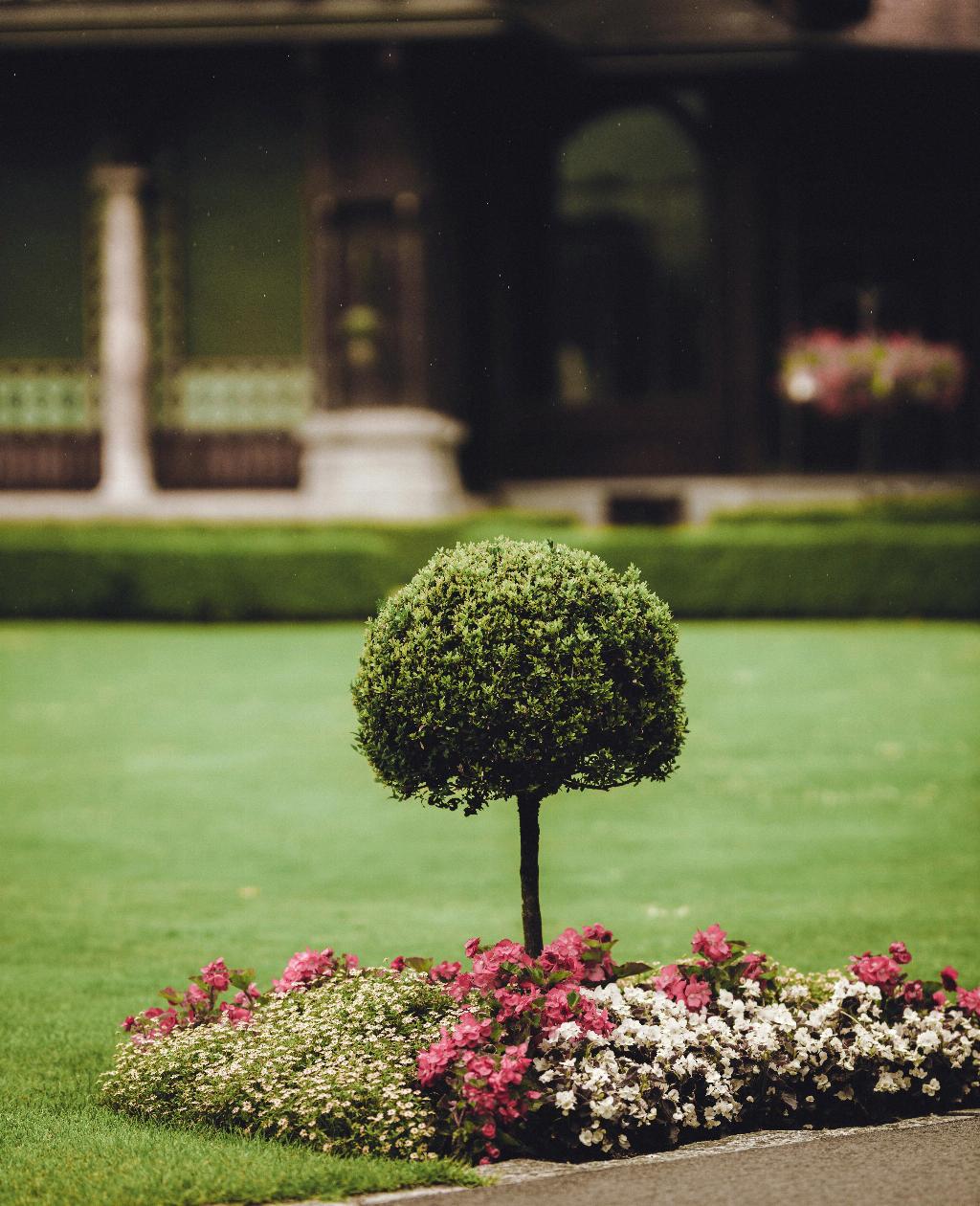One common challenge faced by many pet owners is dealing with their dogs urinating on the lawn. While it’s a natural behavior for dogs to mark their territory, the ammonia in their urine can cause unsightly brown spots on the grass.
6 Effective Strategies to Prevent Dog Urine Damage
1. Water Thoroughly:
Ensuring your lawn is well hydrated can help dilute the urine and reduce the concentration of ammonia that causes damage. Make sure to water the area where your dog urinates to minimize the effects on the grass.
2. Set Up a Designated Potty Spot:
Training your dog to use a specific area of the lawn for urination can help concentrate the urine damage to one spot rather than spreading it across the entire yard. This can be achieved through consistent reinforcement and rewards.
3. Mow the Lawn Higher:
Keeping your grass a bit longer can help create a barrier between the urine and the soil, reducing the direct contact and minimizing the damage caused by your dog’s urine. Adjust your lawnmower to a higher setting to protect your lawn.
4. Try Dog Rocks in Your Dog’s Water:
Dog Rocks are an all-natural mineral product that can help reduce the ammonia levels in your dog’s urine, ultimately leading to less damage to your lawn. Simply place the rocks in your dog’s water bowl to see the effects.
5. Change Your Dog’s Diet:
Adjusting your dog’s diet can have a significant impact on the acidity and nitrogen levels in their urine, potentially reducing the damage caused to your lawn. Consult with your veterinarian to find a diet that helps prevent grass discoloration.
6. Plant Urine-Resistant Grass:
Consider planting grass varieties that are more resistant to urine damage, such as fescue or perennial ryegrass. These types of grass require less maintenance and can withstand the effects of dog urine better than traditional grass species.
Conclusion
By implementing these strategies, you can effectively prevent your dog from peeing on the lawn and minimize the damage caused to your grass. Remember that consistency and patience are key when training your dog to use a designated potty spot and making adjustments to their diet. With the right approach, you can maintain a healthy and lush lawn while keeping your furry friend happy.

